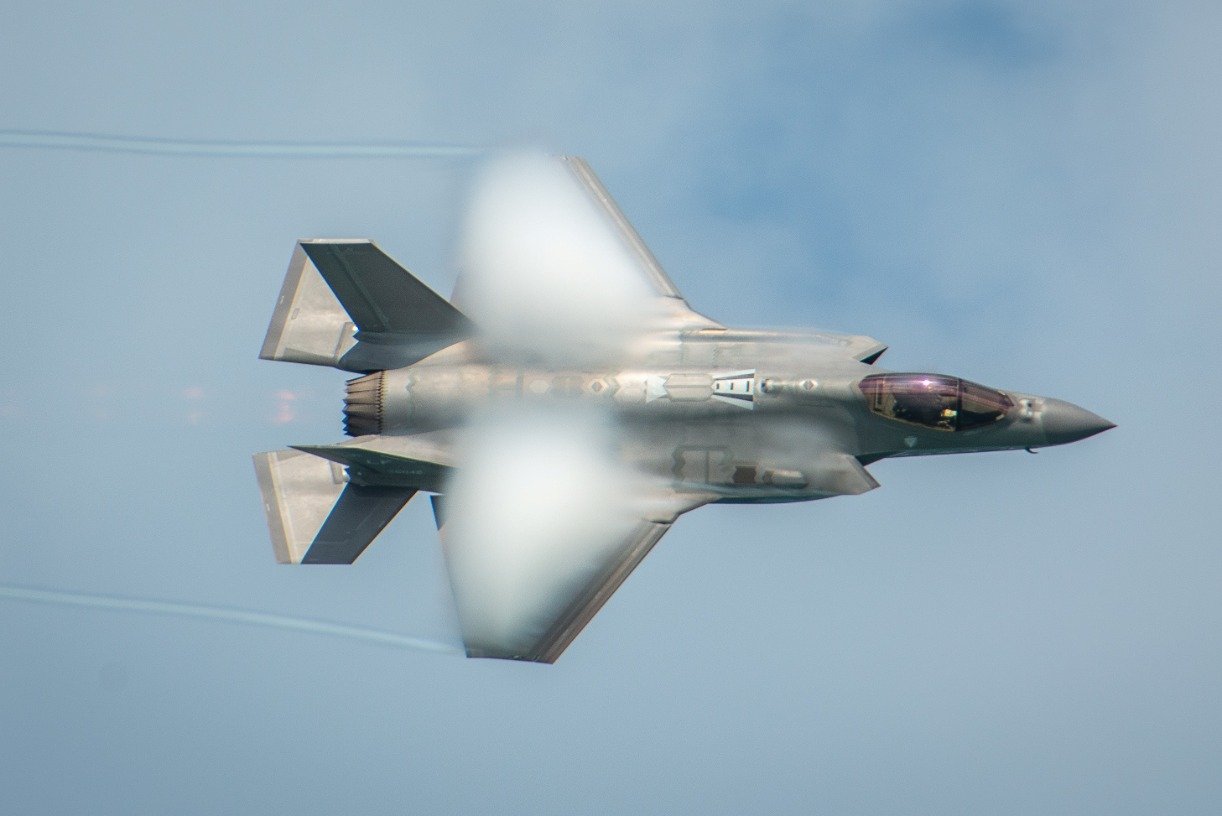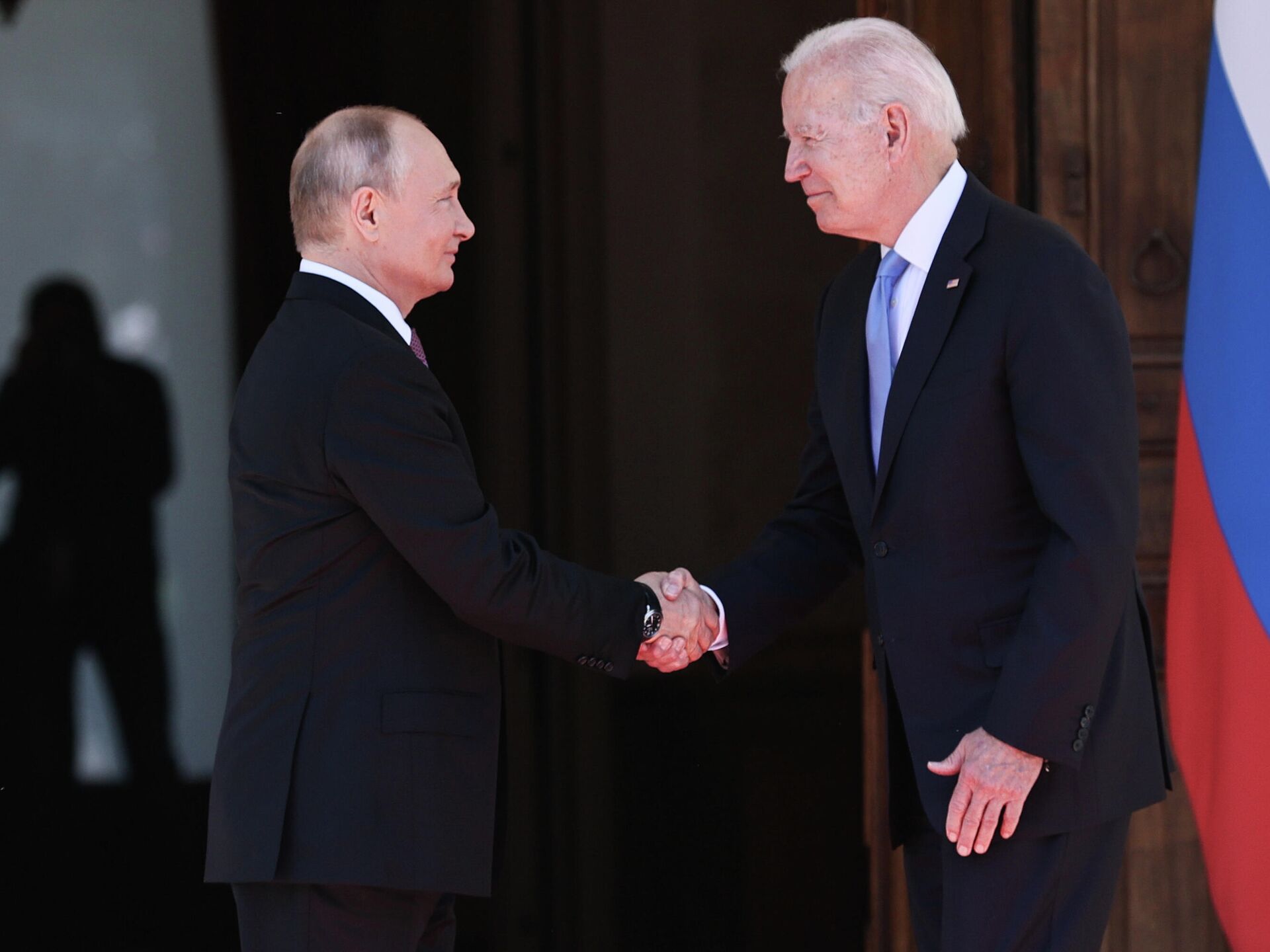Published 13-12-2012, 12:44
Skoda Auto, the Czech subsidiary of German car giant Volkswagen, launched production of its aptly named Yeti sports utility vehicle (SUV) at GAZ's facility in Nizhny Novgorod, on December 6 as the iconic Russian car plant takes another step on the road to recovery.
GAZ (which stands for the Gorky Automotive Plant) was effectively bankrupt when Bo Andersson was hired in 2009 by the plant's owner, oligarch Oleg Deripaska. "It was a nightmare - we owed $250m to suppliers. But within ten months we managed to pay them all back," says the former Swedish brigadier general who remade himself as a car man working for General Motors.
In the last three years, Andersson has put together a string of deals that has put the huge plant back into the black and helped to cover the cost of maintaining it – the second largest in Europe – and provide training and employment for the staff. The company earned $260m of net profit in 2011, the best in GAZ's history.
Andersson's first decision was to close the production of the Volga 3111, Russia's "other" passenger car that competed with the ubiquitous Lada in Soviet times. Following the advent of consumer loans in Russia, both cars have all but disappeared from Russia's roads as the population switched en masse to the more prestigious foreign brands. Instead, Andersson focused all the effort into GAZ's a flatbed truck the Gazelle, a Light Commercial vehicle (LCV) which has been a runaway success since its launch in 1994. "We were putting 80% of our effort into a car that was losing money, 80% of our sales were coming from the Gazelle, which has a 78% market share in its class," says Andersson, who says the decision was not obvious at the time.
Gazelle production this year is expected to reach just over 100,000 units, but this is far too little to occupy the plant's massive capacity, which was first set up in a deal between Lenin and Henry Ford to make trucks under license. So Andersson has turned the plant into what is in effect an automotive industrial park; in addition to Volkswagen, it has attracted General Motors and Daimler, which also have production lines there. "In Russia, it is still cheaper to renovate than it is to build greenfield," says Andersson, who admits that 2m square metres (sqm) of the total 3m sqm plant is still standing unused today.
The Skoda facilities are one of the biggest projects to make use of GAZ's floor space. Skoda's second Russia-based facility, the Czech maker of cars has signed a contract that, rather than create a strategic joint venture, gives it use of the space workshop – a building that used to house the Volga's production – and access to GAZ's 52,000-strong workforce where many employees are third generation car-workers.
At the opening ceremony of Skoda's new line on December 6, Skoda CEO Winfried Vahland said: "Russia is our third-strongest sales market worldwide and our number two in Europe as it is, and we intend to grow further in years to come, which is why we are resolutely extending our model offensive in this country and expanding local capacity further."
Skoda plans to increase its worldwide production to 1.5m units a year by 2018, with the Russian production rising to at least 300,000 over the same period. All in all, VW will invest €16.7bn worldwide in the next three years, of which €840m is earmarked for Russian operations, according to VW management board member Michael Macht.
It is a deal that benefits both sides. VW can slot into the infrastructure GAZ offers, while Andersson's staff are trained to use state-of-the-art equipment and get used to international best practices; and Skoda has invested heavily into its production line in Nizhny Novgorod to create one of the most modern body shops in Europe.
That one's mine
Andersson is pleased with the deal that fits with his self-confessed entrepreneurial approach to getting GAZ back on its feet. Another change he made was to introduce pre-payments for all the Gazelles and tells his workers that each car they make already belongs to someone in an effort to concentrate them on keeping quality high.
Gazellle is just about to bring out a new model, its third, the Gazellle Next, and a few were sent out last week to select customers to test drive. The Gazelle has several things going for it, but the main selling point is the price tag of RUB1m ($30,000) for the Gazelle Classic, which is almost half that of its foreign brand competitors. Almost as important is that 85% of the components are Russian-made. Keeping costs low is the core of Andersson's strategy, who says he only invests 1.5% of revenue into his own production against the industry standard of 6-8%. "It means our customers can fix and maintain the vehicles themselves, as parts are widely available," says Andersson, who is well aware of the difficulties as he used to be head of purchasing of components for General Motors.
Finding components is a major headache for the foreign manufacturers working at the GAZ plant. The Kremlin forced a new investment deal on the major foreign manufacturers last year where they committed to increase the share of Russian-made components from the current 30% to 60% over the next five years in exchange for holding down import tariffs on parts in the meantime.
Andersson has taken advantage of this too, setting up a joint venture at the plant with Belgium's Bosal, a world leader in the production of mufflers and catalytic converters, which went into production this year. "We found that the only component we could source in Russia that was cheaper than an import was palladium [supplied by Norilsk Nickel located on Russia's Artic northern shore] that is used in catalytic convertors," says Andersson.
The joint venture will supply exhausts for both the Gazelle and the Yeti and goes part of the way to fulfilling VW's obligation to source more parts in Russia as well as making GAZ some more money in the process.



_jpg/250px-ElbeDay1945_(NARA_ww2-121).jpg)









